Resume Writing Tips

Converting Views Into Interviews
Catching the eye of a client’s decisionmaker comes down to how well you connect the client’s need with your particular skill set. The opportunity posting is a clear indication of the most important points you need to touch upon. Your best bet is to connect the dots for a busy professional who has hundreds of similar resumes to review for each opportunity.
When writing your resume, your most important job is to answer the most relevant questions upfront, encouraging the reader to want to know more. Below are some other tactical tips to keep in mind when writing your resume.
Professional Summary vs Objective
An objective is a tagline that targets your career pursuits in relation to a specific opportunity and company goal. Professional summary (or profile) is three to four lines that state your scope of experience and summarize your most applicable strengths.
Objectives work well for recent grads or someone switching career tracts without many transferrable skills. On the other hand, a summary provides an efficient way for the experienced professional to promote his/her unique set of strengths.
Spotlight Skills
When reviewing resumes, bulleted lists are easier to scan through, rather than heavy paragraphs. List your most applicable qualifications close to the top. This will create a snapshot of your skill set and keep readers engaged.
Work History…of Success
Show what you’ve accomplished, rather than simply listing job descriptions. Each entry should cover the following:
- Relevant and primary duties performed
- Transferrable skills
- Specific goals and positive results achieved
- Progress and growth in your career
Leave out vague responsibilities (“whatever tasks are needed”) or ones that 99% of workers do (“send email”). Anything highlighted should also be quantified for impact (“supervised a team of 25 social workers”, “awarded Librarian of the Year 2015”, “brought in $2million in sales last quarter”).
Function Over Fancy
In terms of formatting, unless you are applying for graphic design engagement, readability should be your primary focus. Keep your resume looking polished with one inch margins and font size set to 12 point. Calibri, Times New Roman, or a similar font works best for easy reading. If you are providing a printed resume, use bright white or ivory paper.
Watch Your Tone
Your resume is a marketing device for your professional brand. Help the reader see what you would be able to do for their company. Show that you are results or goal-oriented rather than task-oriented. The reader also needs to know that you understand your field, its nuances and language. Whether it’s the applicable software, certifications, processes or positions, you have to essentially talk the talk in your resume content.
Due Diligence
On a resume, no detail is small. Any oversight can demonstrate a lack of attention to detail and cost you an interview. Common mistakes are spelling errors and inconsistencies in tense and punctuation. For instance, make sure you are using past tense for past experience and if foregoing periods in one section, stick with that format throughout. It’s easy to overlook these details while revising, so save the proofing for last.
Echoing your qualifications in your cover letter, summary, skills, and work history reinforces your core qualifications. Remember, it’s more about presenting the important information effectively than getting everything in.
A little extra time to get your resume in shape is time well spent. While a perfect resume is no guarantee of success, it shows a company that you take these matters seriously and have the potential to transfer that diligence to being a high performer.
